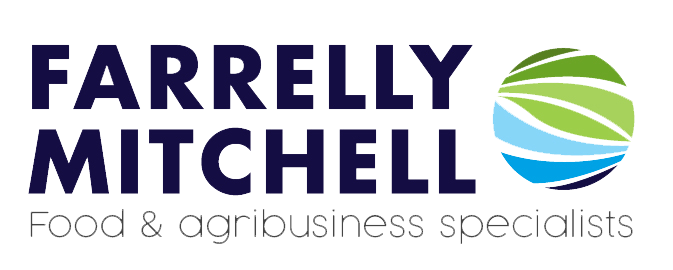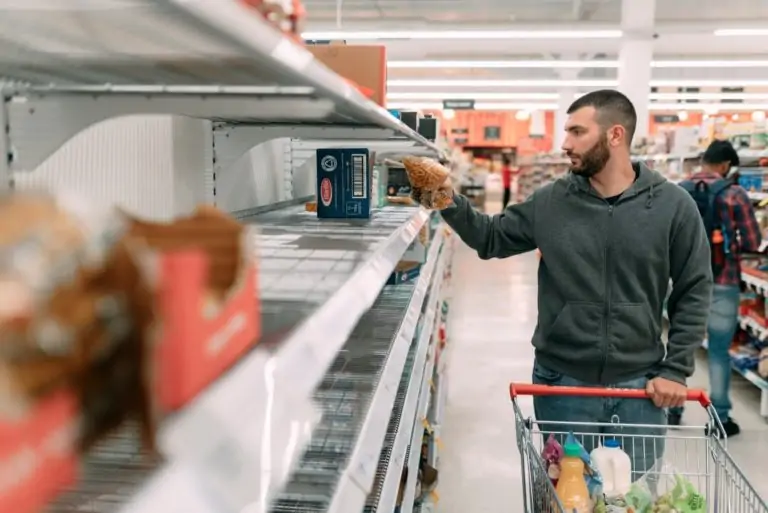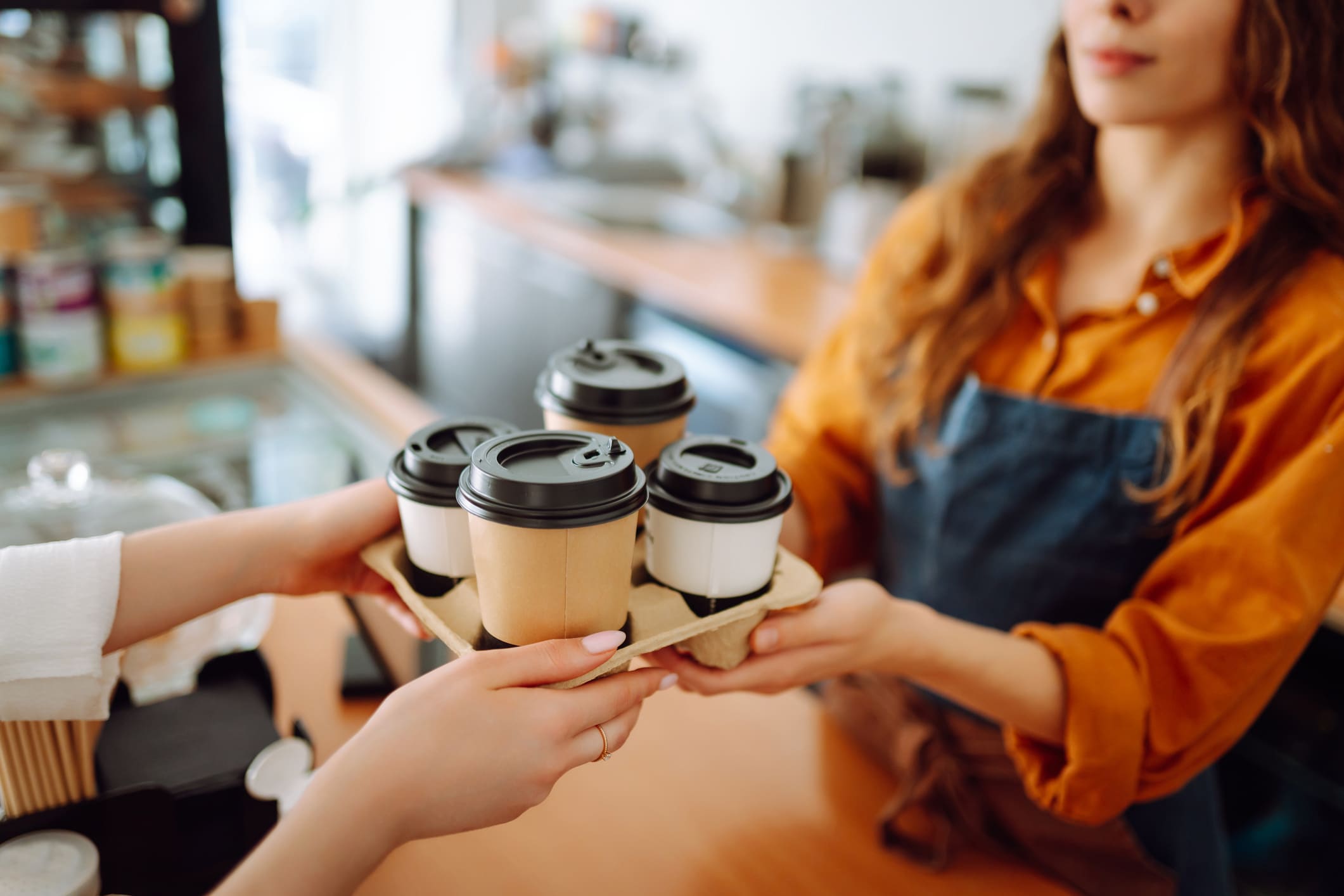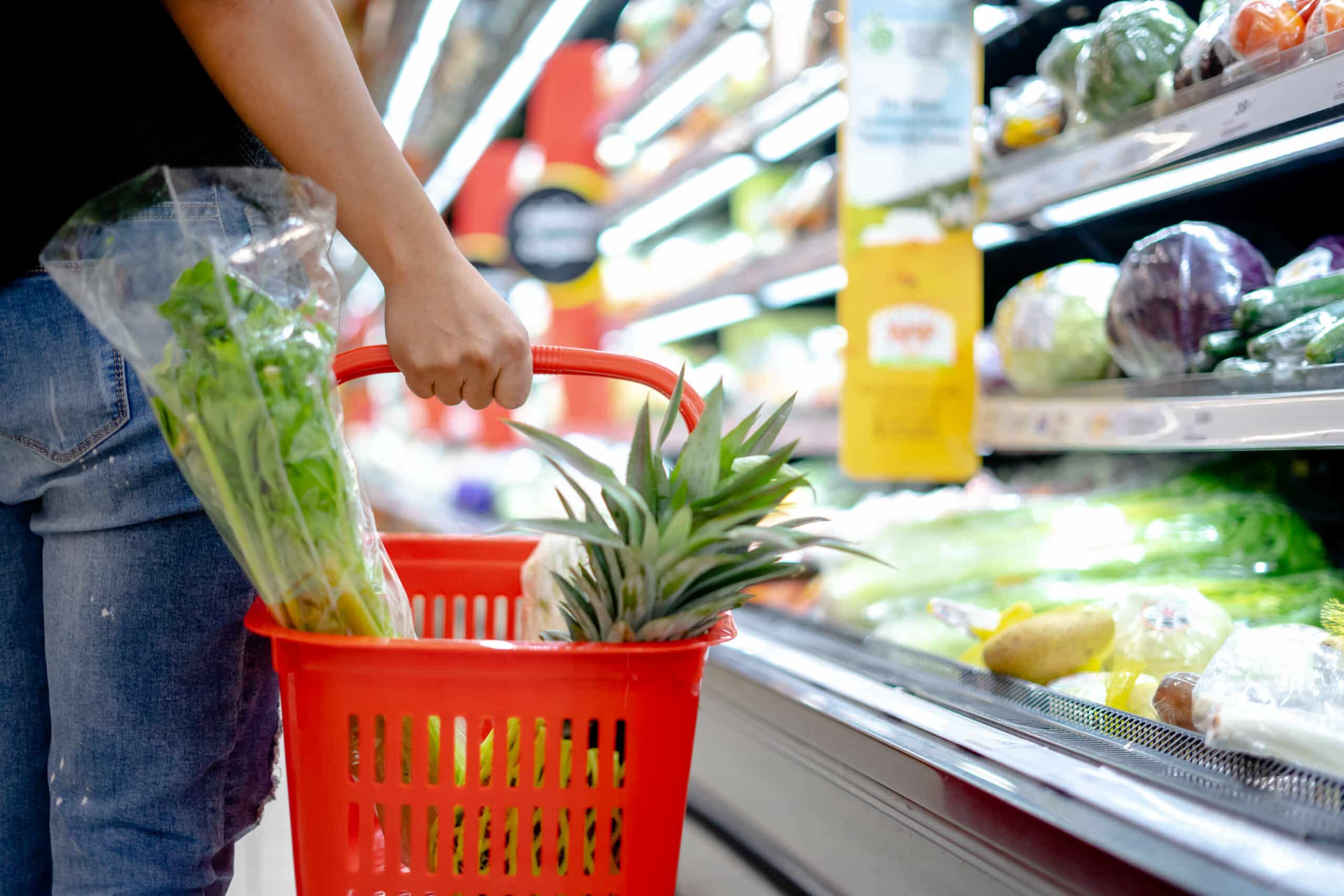The COVID-19 pandemic has shown that even the most efficient modern supply chains are susceptible to consumer panic buying. Alongside food, stockpiling of toilet paper, hand sanitiser, and other hygiene products occurred. Economists would refer to these runs on essential items as demand-side scarcity. Supply remains the same, while demand has suddenly shot up.
What has happened?
Panic buying caused by the pandemic had negative impacts across the globe. It creates negative externalities to society when perishable goods and household essentials are bought in excessive amounts and then left to waste, depriving another consumer of the goods.
The pandemic came at a time when food security and food systems were already under strain. Conflict, natural disasters, climate change, and the arrival of pests and plagues on a transcontinental scale preceded COVID-19 and were already undermining food security in many countries. For example, in East Africa, people are facing a “triple menace” of mutually exacerbating disasters, as ongoing heavy rain hampers attempts to deal with swarms of locusts alongside the COVID-19 outbreak.
As well as the pandemic other factors have also impacted food supplies, for example, a La Niña event caused drier than usual conditions in Latin America in 2020, affecting soybean and maize crops in Brazil and Argentina.
Past examples
Panic buying in response to a natural or economic event is nothing new. For example, incidents of panic buying were reported during the Cuban missile crisis, Spanish flu pandemic, oil crises, and in the run-up to the millennium. The Cuban Missile crisis resulted in a rush on essential items, in particular tinned goods. The turn of the century saw another surge in stocking up, as consumers feared computers would meltdown, with tinned goods and toilet roll the lead items. Factors likely to initiate and/or propagate panic buying include survival instincts, social influence, and the fear of the unknown.
Other examples of panic buying have been triggered by poor messaging from producers. In 2012 the UK National Pig Association attempted to tap into the rising popularity of bacon by sending a press release stating, “A world shortage of pork and bacon next year is now unavoidable”. The announcement received widespread media coverage, including alarmist headlines predicting pork and bacon shortages, and a spate of panic buying ensued.
Stories of stockpiling and images of empty shelves circulated by the media might suggest that others are only watching out for themselves, this provokes a desire to follow the same behaviour, such as stocking up on supplies. Research shows that panic buying in such circumstances gives consumers a greater sense of security.
“Just-in-time” has become the dominant practice throughout food supply chains, and this applies to many households too. There is growing evidence that households keep just enough food for what they need, rather than holding large stocks. These “Just-in-time” households are vulnerable to shortages when a crisis occurs.
Households have been getting smaller, and smaller houses have less space to store food, and increasingly treat supermarkets as walk-in fridges, allowing them to put their space at home to better use. Due to Covid restrictions on eating out, and increased eating at home in the UK the average spend per supermarket trip rose by 16% in the week ending 17 March 2020, mainly from people just adding a few more items to their basket.
Kantar reported that the peak week was the week ending March 21 when supermarket sales rose 43 per cent compared to a comparable previous period, with particularly high sales of alcohol, reflecting the closure of hospitality.
During a crisis, households will keep larger buffer stocks, “just in case”. But households that suddenly increase their stocks may not be as savvy as supermarkets and manufacturers at managing waste. Soon after the onset of “panic buying” by households, anecdotal reports started emerging of loaves of unused bread being placed in household waste bins.
What are the lessons for the food supply chain?
To ensure reliable access to safe food for all people, food system organizations need to strengthen their operations to safeguard against a growing variety of potential threats. Rick Tellez, the co-founder of supply chain logistics platform KlearNow, said shoppers have learned lessons from panic buying over lockdown and that most wanted to do the “right thing” by maintaining normal shopping behaviour. Good communication from the food and retail sector is important.
Mr Tellez called on the logistics sector and the Government to do more to educate consumers about their part in the global supply chain. Surveys have indicated that 57% of people who stockpiled during lockdown later said they regretted it and would not do it in the future.
New technology could help to reduce the incidence of panic buying in the future. Automated stock control and ordering, would help households and businesses to become more efficient at handling just-in-time orders, and help to reduce food waste.
The impact of COVID-19 on the global food supply has shown that more robust food systems are needed. At the start of the pandemic, grocery store shelves were empty, but many farmers had to throw away unsold food. Better communication, increased use of technology by food companies and households alongside more diverse supply chains are needed to prevent panic buying in the future.
The COVID-19 pandemic has redefined the global agri-food landscape, introducing significant shifts in consumer behaviour and presenting unprecedented challenges to the food industry. As companies navigate these turbulent times, the importance of resilience, adaptability, and strategic foresight has never been more critical.
At Farrelly Mitchell, our expertise in market intelligence & insights, consumer behaviour analysis, and strategy & execution enables us to equip our clients with the knowledge and tools necessary to pivot and thrive in complex market environments. We help position companies in the foodservice and retail, sales and distribution industries to capitalise on the accelerated shift towards online and delivery-based consumer models. By partnering with us, our clients can enhance their resilience, adapt their strategies to meet evolving consumer demands, and seize new opportunities in the post-pandemic world.














